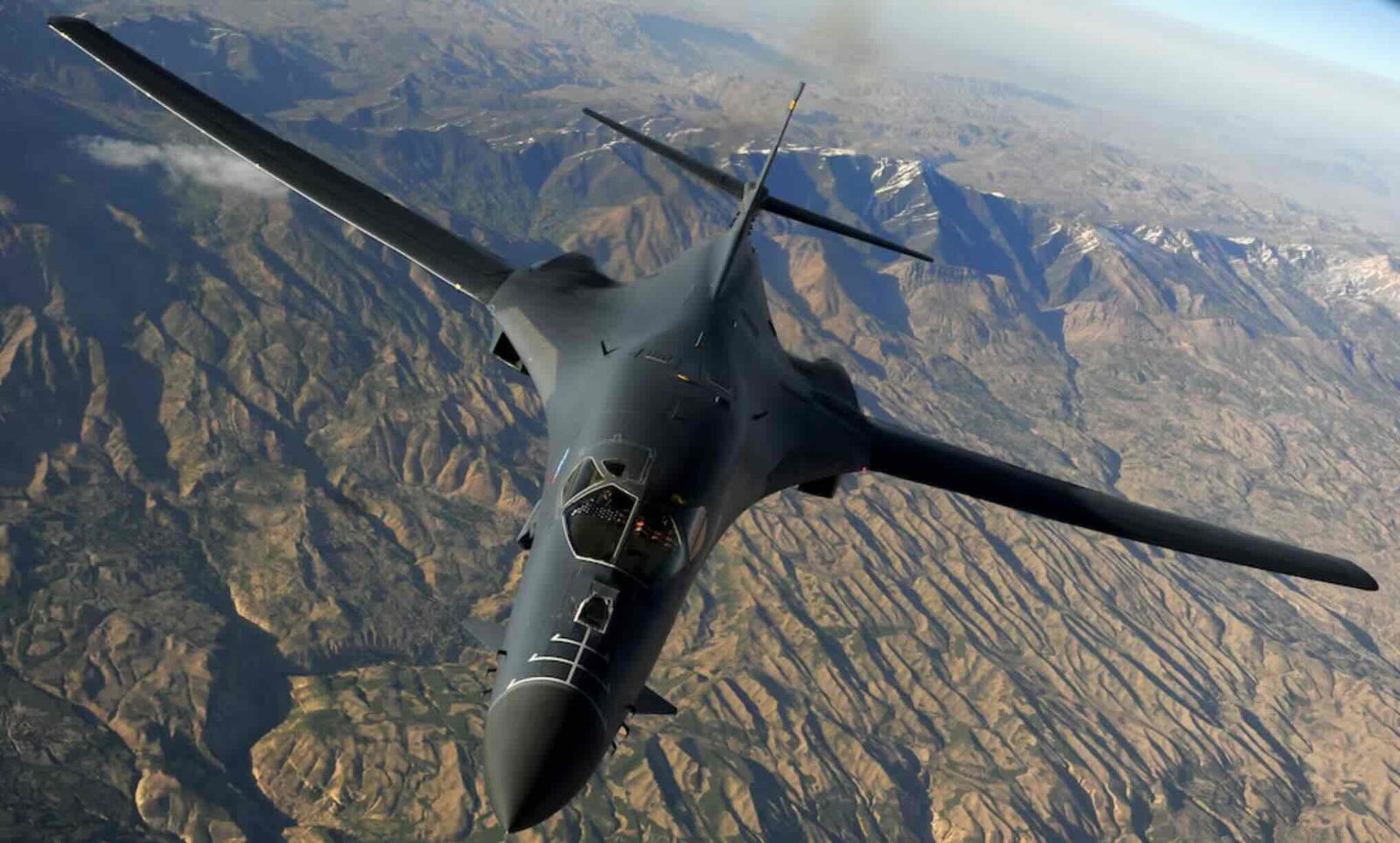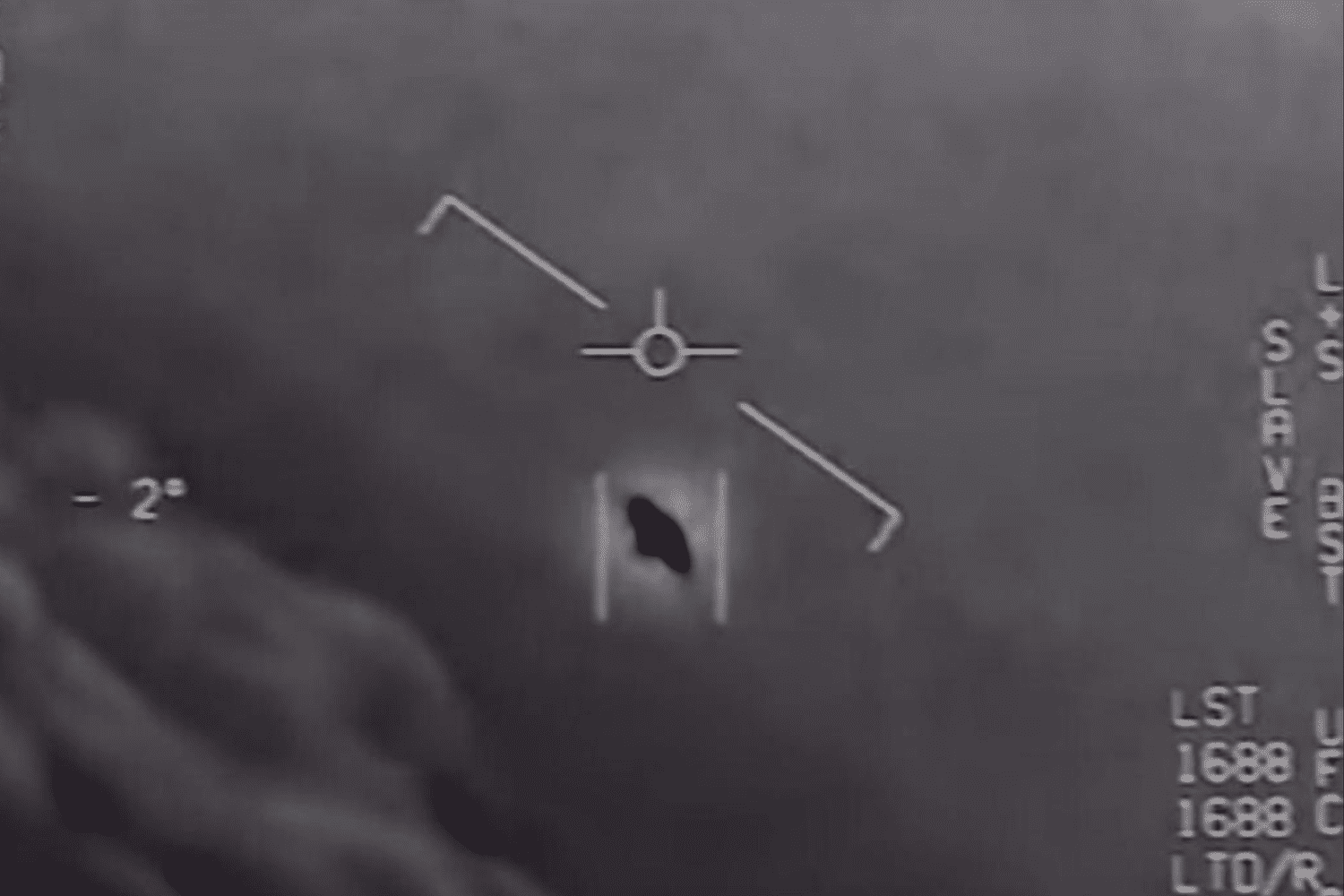Several U.S. adversaries with advanced nuclear capabilities, including China and Russia, are presenting increased challenges as their arsenals are modernizing and diversifying, Pentagon officials warned this week.
The issue was highlighted this week by Richard C. Johnson, deputy assistant secretary for nuclear and countering weapons of mass destruction policy, during a panel hosted by the Center for Strategic and International Studies.
“We are now in a world where we’re facing multiple nuclear competitors,” Johnson said on Wednesday, citing “multiple states that are growing, diversifying and modernizing their nuclear arsenals and also, unfortunately, prioritizing the role that nuclear weapons play in their national security strategies.”
Pentagon officials have emphasized that the U.S. remains committed to its longstanding position toward nuclear deterrence. However, Johnson said at Wednesday’s event that current nuclear modernization efforts could require additional measures to rise to the challenges presented by newly emerging threats.
The Pentagon has recently engaged in measures to enhance nuclear deterrence and flexibility along with its partners with the Department of Energy’s National Nuclear Security Administration, all of which aim to help mitigate risks to the DoD’s current efforts to modernize the U.S.’s nuclear program.
Key recent U.S. initiatives Johnson outlined on Wednesday include enhancements to the readiness of Ohio-class nuclear submarines and the deployment of the B61-13 gravity bomb, a task for which the National Nuclear Security Administration is responsible.
Last year, the Pentagon announced its plans to develop a modernized variant of the B61 nuclear gravity bomb, which it said would “strengthen deterrence of adversaries and assurance of allies and partners by providing the President with additional options against certain harder and large-area military targets.”
On Wednesday, Johnson also said adjustments to the 2022 Nuclear Posture Review could be warranted amid ongoing changes to the global security environment, which include “enhanced nuclear capabilities of China and Russia and possible lack of nuclear arms control agreements after February,” according to a DoD statement issued this week.
Earlier this month, the DoD submitted a report to Congress outlining the U.S.’s nuclear employment strategy, detailing changes and updated protocols in response to new deterrence challenges originating from adversary nations.
Amid such challenges, the November 15 report discusses the Pentagon’s plans regarding the determent of multiple nuclear-armed adversaries simultaneously, along with the integration of non-nuclear assets in support of this mission. The report also emphasizes escalation management in response to potential future nuclear attacks, as well as non-nuclear attacks deemed to be of high consequence.
Also detailed in the report are enhanced procedures for the consultation, coordination, and planning with U.S. allies in the furtherance of nuclear deterrence efforts, although warning that deterrence is not recognized as a sole means of mitigating potential dangers arising from nuclear proliferation.
Additional mitigation efforts detailed in the report include arms control and other risk reduction strategies, Johnson said at this week’s panel.
The Pentagon’s deterrence initiatives were outlined this week amid news of a new hypersonic missile deployed by Russia against Ukraine, which the country said was directly in response to what Moscow has characterized as “reckless” actions by the United States and its allies.
Dmitry Peskov, press secretary for Russian President Vladimir Putin, has claimed that the Russian leader is open to dialogue, but charged that U.S. President Joe Biden has instead chosen a “path of escalation.”
“To be prepared for the 2030s, we have to modernize our nuclear forces, the nuclear command and control, and the associated infrastructure that will allow us to be flexible and adjust over time as new challenges arise,” said Grant Schneider, vice deputy director for strategic stability at the Joint Staff, who was also in attendance at Wednesday’s event.
Schneider went on to emphasize academic and analytical efforts that the Pentagon identifies as being required in order to account for the full spectrum of strategic challenges and risk scenarios the U.S. and its allies could face over the next decade.
Schneider added that planning an preparation will be required in order to prepare for any potential threats or changes the U.S. may face, which include “potential changes or delays in our modernization.”
Micah Hanks is the Editor-in-Chief and Co-Founder of The Debrief. He can be reached by email at micah@thedebrief.org. Follow his work at micahhanks.com and on X: @MicahHanks.

